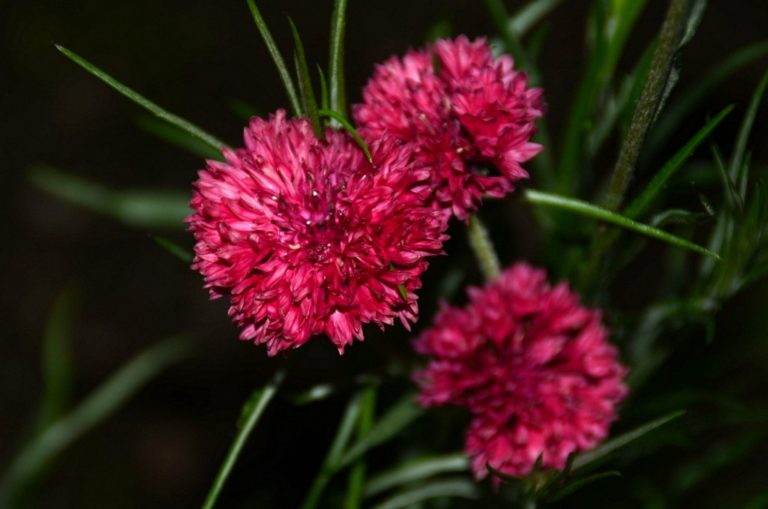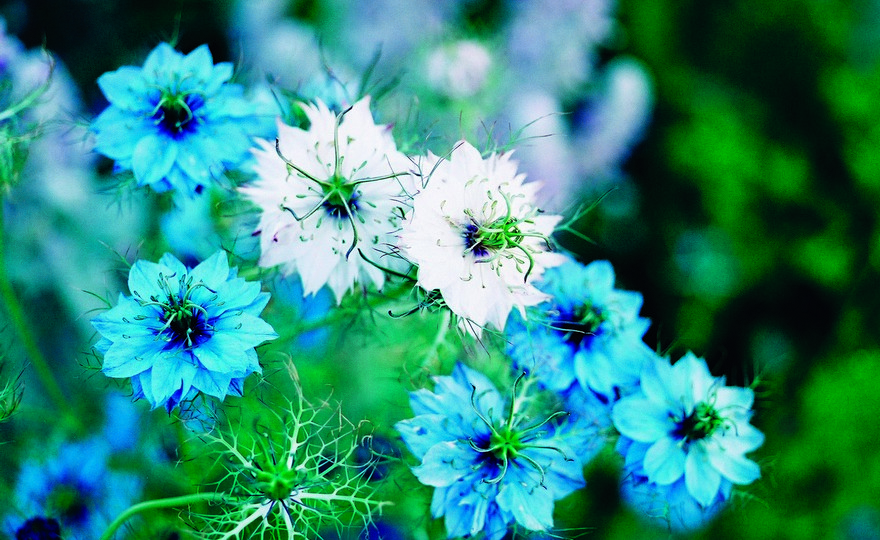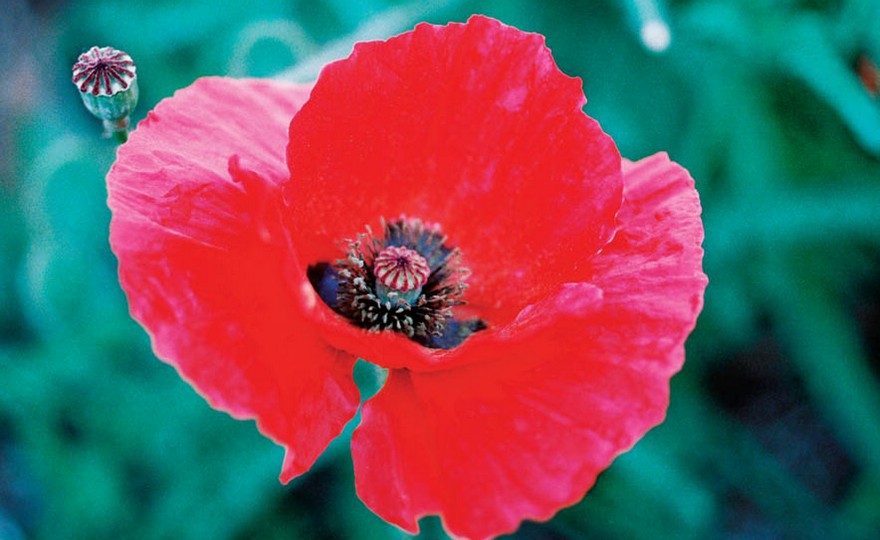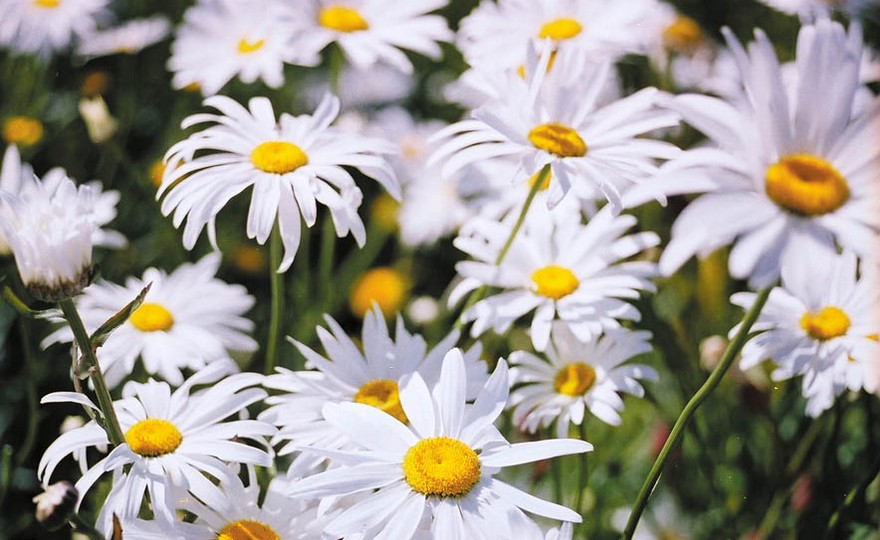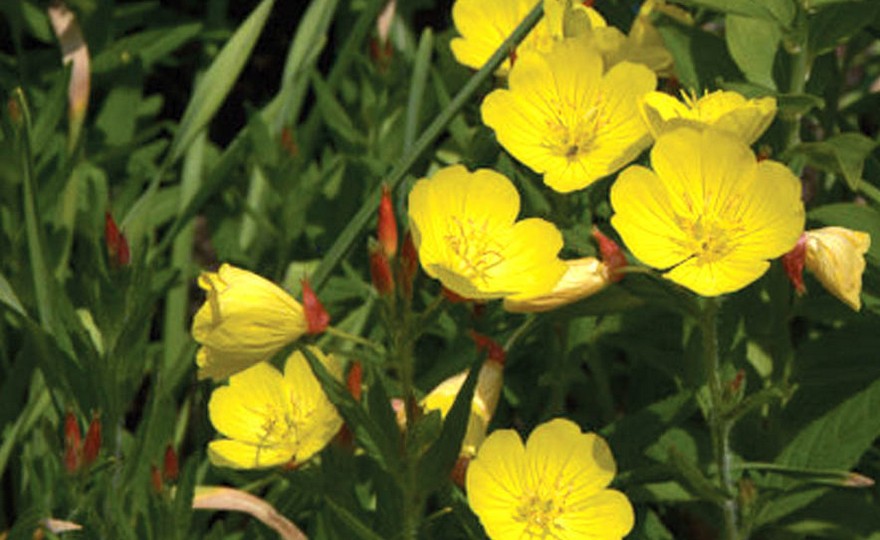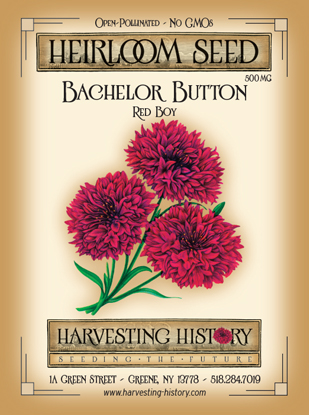
Bachelor’s Button, Red Boy (Tall Red)
-
- **SOLD OUT** HOLIDAY GIFTS **SOLD OUT**
- **SOLD OUT** Holiday Books **SOLD OUT**
- **SOLD OUT** Holiday Citrus **SOLD OUT**
- **SOLD OUT** Holiday Gift Certificates **SOLD OUT**
- **SOLD OUT** Holiday Paperwhites **SOLD OUT**
- **SOLD OUT** Holiday Praying Mantis Kits **SOLD OUT**
- **SOLD OUT** Holiday Tools **SOLD OUT**
- **SOLD OUT** Holiday Wildflower Mixtures **SOLD OUT**
- Citrus Trees
- **SOLD OUT** - Vegetable and Herb Plants - Mix & Match any 6 Plants for $50 - Only Shipped in Quantities of 6
- Elephant Ear Plants & Roots
- **SOLD OUT** 4-Inch Pot Herb Plants **SOLD OUT**
- Rare Plants
- **SOLD OUT** Vining Plants **SOLD OUT**
- Asian Seeds
- Beneficial Bugs
- Books
- Citrus Fertilizers
- Cold-Treated Bulbs - SEE BULBS FOR FALL PLANTING TO ORDER
- Cold-Treated Allium
- Cold-Treated Chionodoxa
- Cold-Treated Crocus
- Cold-Treated Hyacinthoides
- Cold-Treated Hyacinthus Orientalis
- Cold-Treated Narcissus
- Cold-Treated Cyclamineus Narcissus
- Cold-Treated Double Heirloom Narcissus
- Cold-Treated Jonquilla Narcissus
- Cold-Treated Large Cupped Narcissus
- Cold-Treated Poeticus Narcissus
- Cold-Treated Small Cupped Narcissus
- Cold-Treated Species Miniature Narcissus
- Cold-Treated Split Cupped Narcissus
- Cold-Treated Tazetta Narcissus
- Cold-Treated Triandus Narcissus
- Cold-Treated Trumpet Daffodils
- Cold-Treated Ornithogalum
- Cold-Treated Rock Garden Iris
- Cold-Treated Scilla
- Cold-Treated Tulips
- Cold-Treated Emperor Tulips
- Cold-Treated Fringed Tulips
- Cold-Treated Green or Viridiflora Tulips
- Cold-Treated Lily Flowering Tulips
- Cold-Treated Parrot Tulips
- Cold-Treated Peony Flowering Tulips
- Cold-Treated Single Early Tulips
- Cold-Treated Single Late Tulips
- Cold-Treated Species Tulips
- Cold-Treated Triumph Tulips
- Flower Bulbs, Corms and Tubers
- Bulbs for Spring Planting
- Bulbs for Fall Planting - ALL BULBS AVAILABLE ARE COLD TREATED FOR PLANTING AS SOON AS SOIL CAN BE WORKED
- Fall Blooming Bulbs
- Garden Tools & Equipment
- Gift Certificates
- HHH Exclusive Wildflower Mixtures
- Wildflower Mixtures
- Heirloom Garlic
- Potatoes
- Roots & Sets
- Seeds
- Flowers
- Herbs
- Vegetables
- **SOLD OUT** HOLIDAY GIFTS **SOLD OUT**
-
- No products to compare
-
75 in stock
Quick Overview
Bachelor’s Button, Red Boy (Tall Red)
Bachelor Buttons require full sun and are drought, heat and soil tolerant. Seeds should be sown in the spring when the danger of frost has passed. Broadcast the seed over an area and then cover with no more than 1/2 inch of soil. The plants will germinate in less than two weeks and should be thinned so that the distance separating mature plants is 12 inches.
| Type | Spacing | Planting Depth | Days to Germination | Blossoms |
| Annual | 3-4 in. | 1/2 in. | 10-14 | 30-45 |

Bachelor's Button, Red Boy (Tall Red)
Bachelor’s Buttons, also known as Cornflowers, are the bluest of all the flowers in the garden and blue is the rarest of the colors offered in nature. The plants are native to Europe and Asia. Tutankhamen, the Egyptian boy king, was buried with a wreath around his head of cornflowers, olive leaves and water lily petals. Centuries ago they were so abundant in Europe that entire fields were covered with the flowers. The Latin name, Centaurea Cyanus, refers to the mythical centaur, Chiron. Legend has it that Chiron, the half man-half horse creature, used cornflowers to heal himself after he was wounded by a poisoned arrow in a battle with the mythical Hydra. Throughout the centuries, the plants have been known by many names. In Great Britain they were called bluets. In Scotland, they were known as bluebonnets. In Europe they were called “hurtsickles” because the plants dulled the blades of the sickles used to cut them from the fields. The shredded look of their petals is believed to be the reason the plants were known as ragged sailors or ragged robins. They were introduced into the United States in the 1600’s.The name, Bachelor’s Button, may have arisen during Victorian times when the flowers were often placed in the button holes of men’s suitcoats. In his 1851 book, The Flower Garden, Joseph Breck dismisses them as a common weed known as Blue Bottle which though originally blue is now available in white, pink, purple and parti-colored rays. Breck instead focuses on an American native Centaurea, Centaurea Americanus. He describes this plant as “A handsome hardy annual, discovered by Nuttal, on the alluvial soil of the Arkansas and Red rivers, two or three feet high, with large purplish-pink flowers in August.” Despite Breck’s disdain, Bachelor Buttons grew in popularity in the US and have remained a staple of the American garden even today. The bluest of the old varieties, Jubilee Gem, was introduced in 1937, and the red bachelor button, Red Boy was introduced in 1942.

